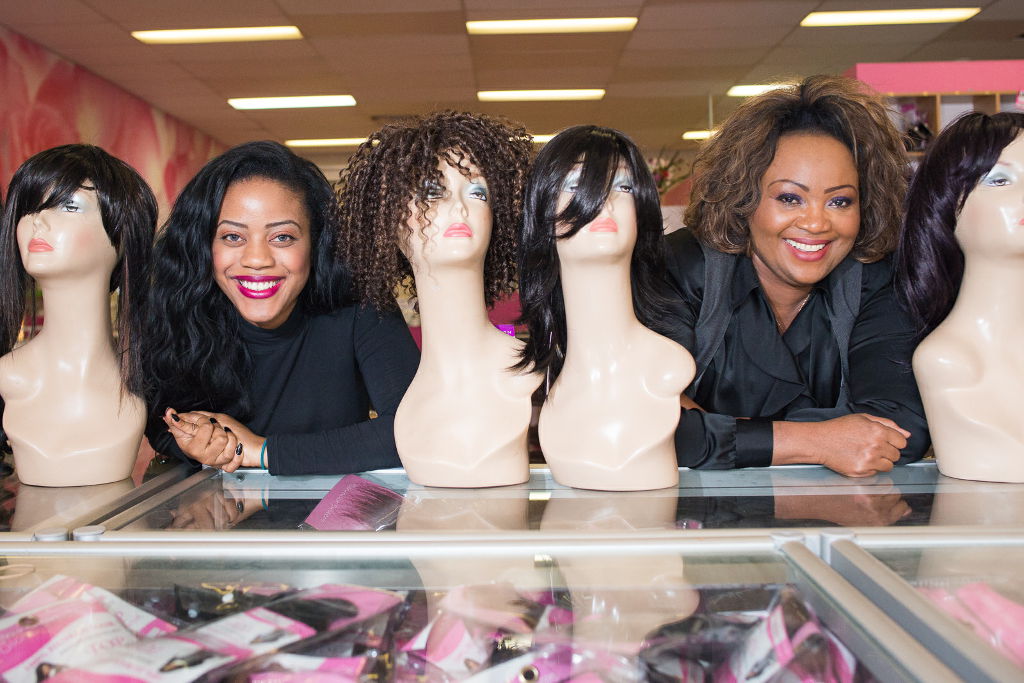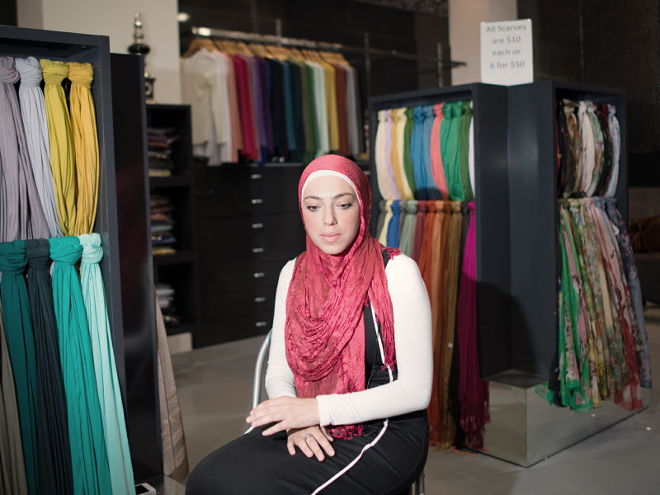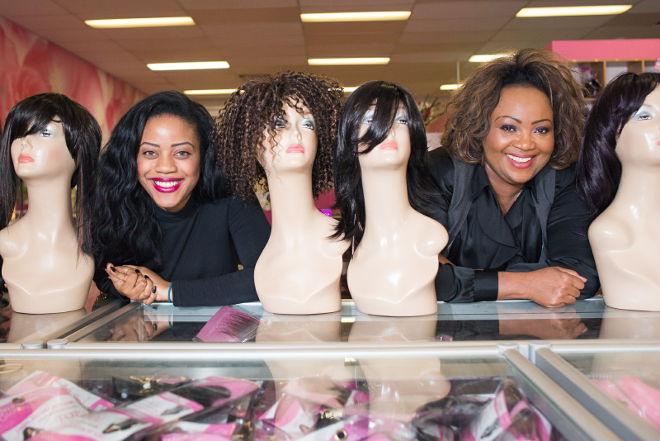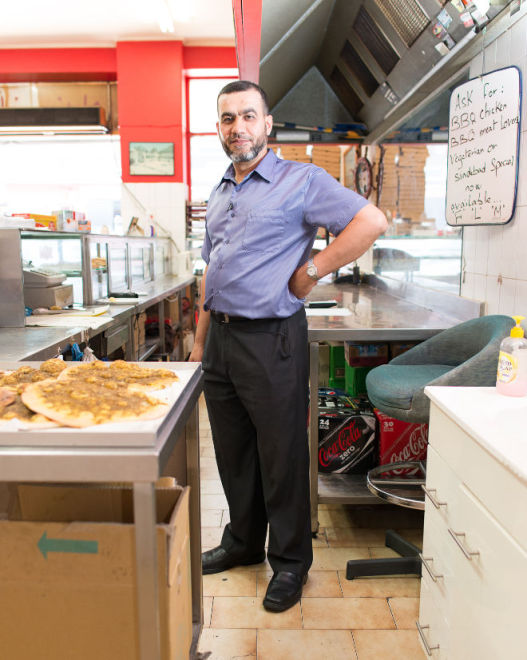Three Stories From Western Sydney You’ll Never Read In The Daily Telegraph
From Khaled the pizza-making sheikh to Ann and Wokie the mother-and-daughter hair-weave team, Mapping Frictions is telling stories that get heard nowhere else.

Bankstown. The name alone conjures a game of word-association which makes it sound like a tabloid editor’s wet dream. Violence. Drive-by shootings. Crime. Islamic extremism. Someone by the name of Billy Bankstowner has even thoughtfully compiled a ‘Bankstown Crime Playlist’ of news headlines that exist on YouTube.
But how often do we hear from the everyday people that live there? The people who have poured their heart into making it a thriving community, and the artists that inhabit and use the culturally rich spaces around them to inform their practice?
With concerns of Islamophobia growing in Australia following the recent terror raids and the worsening conflict with ISIS, the south-western Sydney suburbs have become a renewed focal point of negative stories in the media. Whilst some of these tensions are very real, it is also important for local voices to have a platform to show stories of their own, and which are rarely told. This is a region saturated with a vibrant history, and is one of the most multicultural in Australia — one in three people in Bankstown were born in a non-English speaking country. These are people with diverse stories to tell.
That’s where Mapping Frictions comes in. Offering new multimedia content that celebrates western Sydney’s untold stories, Mapping Frictions aims to break down stereotypes and allow people from the west to reclaim their own space and tell their stories in their own words. Teaming up with a range of emerging and award-winning local photographers, filmmakers and writers, Mapping Frictions seeks to slow down the news cycle, promote understanding and bring the stories of Western Sydney to life in a digital platform.
The first series began as a pilot project in Bankstown and was featured as part of the 2014 Sydney Writers Festival, exploring the possibilities digital media has for storytelling. In the face of the mounting hysteria of recent weeks, Mapping Frictions is launching its next edition to take a more in-depth look at the issues facing multicultural Australia and locals in Western Sydney. The stories look at the characters and stories that make this place, from a Lebanese pizza-making sheikh to a young Vietnamese hip-hop dancer exploring cultural identity.
Here are some of the characters that didn’t make it to The Daily Telegraph’s Favourites List, and who work and live in the western suburbs community of Bankstown.
–
Who: Sheikh Khaled Saj
What they do: Pizza-making Sheikh
Location: Sindbad Jasmin Lebanese Restaurant Shop 4, 222 South Tce, Bankstown
A sign on the countertop of the small store reads: “For Marriage Services call Sheikh Khaled”. We ask where we can find the local sheikh and we are pointed towards a man who is tossing a piece of dough into the air. He catches it with a flourish and a wink. “This is Lebanese pizza, manoush – the most popular pizza in the world,” cries the sheikh as he generously sprinkles it with cheese. “This could feed a very fat person,” he laughs.
Sheikh Khaled was busy running his successful bakery — where he pioneered the first manoush in the area — when controversy hit the community. In 2006, the controversial Muslim cleric Sheikh Hilaly, the former Imam at Lakemba mosque, caused outrage when he compared immodestly dressed women to uncovered meat during a sermon. The comments upset Khaled; he felt many in Australia did not understand the true meaning of Islam while trouble-makers like Sheikh Hilal were receiving all the media attention.
He decided to do something about it. He decided to become a Sheikh, and began to pursue Islamic Studies at Al Imam Al-Ouzai University in Lebanon to counteract extremist ideas and teach the honour behind the words offered in the Koran. His shop is now a hybrid mixture of customers clamouring for half-meat half-cheese manoush, and people seeking guidance and marriage counselling.
–
Who: Aida Zein
What they do: Fashion Designer for Islamic Ladies Fashion
Location: Ninety9 Islamic Ladies Fashion, Centro Shopping Centre, Bankstown
Aida decided to begin wearing the hijab when she was in her second year of Law at University of Technology Sydney. But when she looked around, she noticed there wasn’t much of a range available for women in Australia.
“I’ve always loved fashion. I still wanted to look good, you know? I felt the abaya [Arabic cloak] was wearing me, I wasn’t wearing it.” She wanted to dress more modestly but still fashionably youthful, and she found there wasn’t much available that combined the two. So she started making her own clothes, and when friends began asking her to make them outfits she noticed there was a big gap in the market for style-conscious Muslim women.
Originally from Syria, Aida says she always wanted to have her store in the south-western suburbs as that is where demand lies. Her fashion has appeared in the Powerhouse Museum’s Muslim Women’s Style in Australia exhibit ‘Faith, Fashion and Fusion’, and ABC’s Compass program.
–
Who: Anne and Wokie Massaquoi
What they do: African hair-weaves and extensions
Location: Glamour Sisters, 55 Raymond St, Bankstown
Anne left Sierra Leone during the civil war and came to Australia as a refugee under the UNHCR program along with her nine children, including Wokie. When she arrived in Bankstown there was nowhere for African women to get their hair done. The Western hairdressers didn’t have the styles or the range of hair weaves that are popular amongst women in Sierra Leone. Originally trained as a hairdresser, Anne began doing hair weaves for women from her house. Word got around and she realised she could make a living out of it. In 2001 she established the Glamour Sisters.
Wokie works with her mother. They offer a wide selection of weaves and specialise in hand stitching the extensions with needle and thread, which has gained them a big customer base. Anne has since helped resettle young refugee women by teaching them how to do hair weaving and sending them to TAFE; she has won a Humanitarian Award for her work.
Wokie says being in Bankstown means it’s easy to get clients from many ethnicities. “I love coming here and seeing so many different people and clients in the area. It makes me happy working in this area and being part of what my mum does.”
–
Kavita Bedford is an award-winning Australian writer, producer and social researcher, and the creative producer of Mapping Frictions. To see more stories from western Sydney, or to submit a pitch, head to Mapping Frictions.
–
All images by George Voulgaropoulos. All videos by Fadle El Harris.


